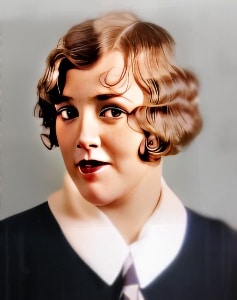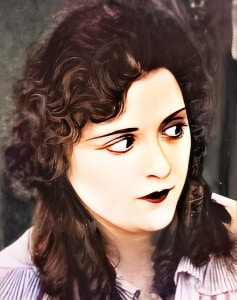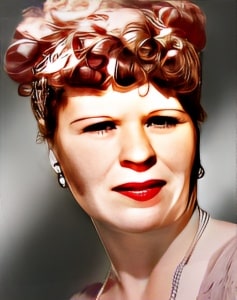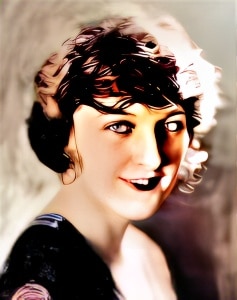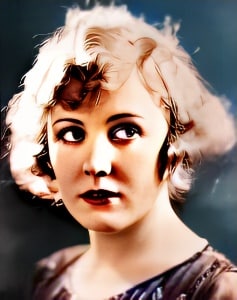 Edna Purviance, born on October 21, 1895, in Paradise Valley, Nevada, was an American actress who played a crucial role in the early years of Hollywood’s silent film era.
Edna Purviance, born on October 21, 1895, in Paradise Valley, Nevada, was an American actress who played a crucial role in the early years of Hollywood’s silent film era.
She is best known for her extensive collaboration with the legendary comedian Charlie Chaplin and her significant contributions to the world of silent cinema.
Edna Purviance’s journey to Hollywood was a classic example of the “discovered by chance” narrative that characterized early Hollywood. In 1915, she was working as a secretary in San Francisco when she was noticed by Charles Chaplin, who was on a tour to promote his films. Impressed by her beauty and charm, he offered her a screen test, which she accepted. This fortuitous meeting marked the beginning of a successful career in film.
Purviance made her debut in Chaplin’s short film “His Night Out” (1915) and quickly became his leading lady in both his personal life and his films. Her collaboration with Chaplin extended over eight years, and during this time, she appeared in more than 30 of his films, including many of his most iconic works.
One of her early notable films with Chaplin was “ The Tramp” (1915), where she played a crucial role in the development of the character of the Tramp. This film showcased her acting talent and set the tone for their ongoing partnership.
Perhaps their most famous collaboration was in the 1921 film “The Kid,” which Chaplin wrote, directed, and starred in. Purviance played a significant role as the Tramp’s love interest and the mother of the titular child. The film was both a critical and commercial success and is widely regarded as one of the greatest films in the history of cinema.
Edna Purviance’s contributions to Chaplin’s films extended beyond her acting. She played an instrumental role in shaping the narratives of the films and often provided creative input. Her on-screen chemistry with Chaplin was evident, and their personal and professional partnership had a profound impact on the quality and success of the films they made together.
Purviance’s acting style was marked by a natural grace and subtlety. Her ability to convey emotions and connect with the audience made her a perfect match for Chaplin’s comedic genius and his ability to explore both humor and pathos in his films.
However, the transition to sound cinema in the late 1920s presented challenges for many silent film actors, including Purviance. Despite the difficulties of this transition, she continued to work in sound films, though her roles were less frequent than during the silent era.
Edna Purviance’s personal life was marked by several relationships, including her partnership with Chaplin, which ended both personally and professionally in the 1920s. After their separation, she continued to work in the film industry, appearing in a few sound films. Still, her career gradually waned.
In the latter years of her life, Edna Purviance lived a relatively quiet and private life. She made her final film appearance in “A Woman of Paris” (1923), directed by Chaplin, in which she had a cameo role.
Edna Purviance passed away on January 13, 1958, in Hollywood, California, marking the end of a career that had a profound impact on early Hollywood and the world of silent cinema. Her contribution to the art of film and her partnership with Charlie Chaplin remain iconic in the history of cinema. Her legacy is celebrated as a testament to her talent, grace, and her enduring presence in the annals of film history.
Loading live eBay listings...

